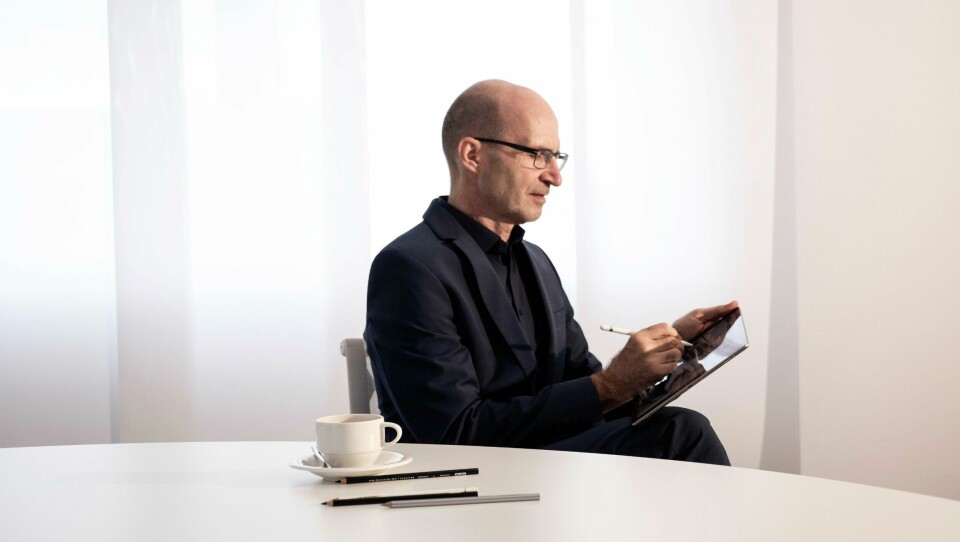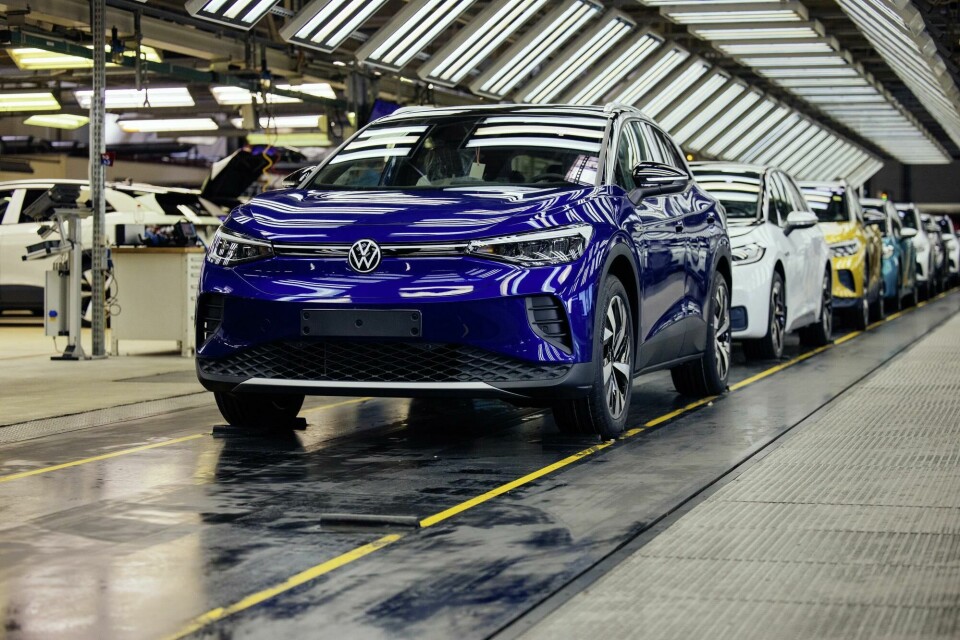
Creating CO2-free cars is a “huge undertaking”, says VW design chief
Designers must consider the impact of cars on the environment at every point of the process, according to VW’s Klaus Zyciora
World leaders are currently gathered in Glasgow, Scotland at COP26 to discuss climate change and, hopefully, put in place tangible measures that ensure the planet avoids a climate catastrophe. In the shadow of the summit, head of VW Group design Klaus Zyciora spoke to Car Design News about the challenges facing carmakers in their mission to lower their impact on the environment.
”We are looking to achieve a 30% reduction in our CO2 footprint by 2025,” he said. This figure considers all VW Group activities, from the initial design and prototyping of the car all the way through to its final production and delivery to the customer. “We have our first production site that is CO2-free – Zwickau in Germany, where the ID.3 and ID.4 are produced using green energy. The car comes to the customer CO2-free, but we have to offset certain parts of the process.”
The energy used at the Zwickau factory is sourced from hydroelectric power plants, wind farms and solar parks. By doing so, VW says it avoids pumping out 106,000 tons of CO2 per year. A quick google search shows that Zwickau is just one of 117 car manufacturing plants operated by the VW Group all over the world, and it is by no means the biggest. Switching all manufacturing facilities over to green energy, then, could have an enormously positive impact.

But, for Zyciora, this isn’t enough. He refers to “offsetting” CO2-intensive stages of car production, like the creation of batteries for electric vehicles. Zyciora believes that designers have a responsibility to consider this, along with all other stages of vehicle creation and their impact on the environment.
”We as a group want to be CO2-neutral by 2050,” he continues. ”That sounds far away, but we do have multiple brands and multiple production sites. If you count it all together, it is more that ten million people [working for or with VW Group]. And it’s not just our factories – all the parts from each and every supplier that come together to create the vehicle need to be made sustainably and CO2-free… It is a huge undertaking and it costs a heck of a lot of money.”
Customers should be aware of this undertaking, as Zyciora warns that the price of cars may rise in order to compensate for sustainability. ”We have to communicate that things are not so easy – do we snap our fingers and it is all CO2-free? No, this transformation will go deep, deep into the supply chain. Into the way goods are transported and where the raw material is coming from. And it is not only about sustainability; it is about the social part of it, talking about animal-free materials and so on. It is a multi-modal thing we are looking at. It will make our lives a lot harder – of course us as designers, but also for suppliers and the OEMs. But there is no alternative, we have to go down this road if we want to maintain our mobility and create and even better tomorrow.”
Zyciora recently joined design experts from Lucid Motors and Ultrafabrics on a Car Design News livestream to discuss the future of interior design. Sustainability became the core topic of the talk and was hailed by all the speakers as the most prominent challenge of car design today.



